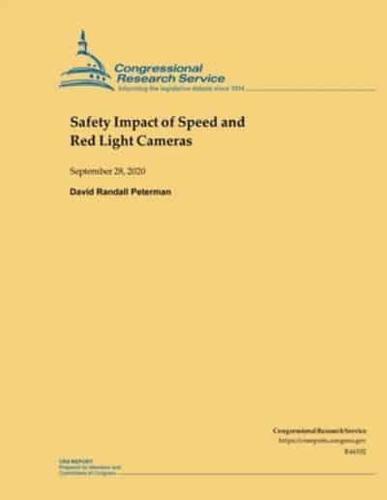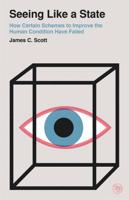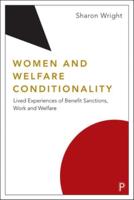Publisher's Synopsis
Traffic safety, defined as the rate of traffic-related deaths and injuries per mile driven, has greatly improved in the United States over the past several decades. Yet, motor vehicle crashes remain one of the primary causes of premature death, and the leading cause of death for those under age 30, with around 37,000 people being killed each year and millions suffering injuries. These crashes result in estimated overall costs of hundreds of billions of dollars each year. Speeding is acontributing factor in over 9,000 deaths annually.In-person enforcement is the most common form of speed enforcement in the United States. It has several limitations; law enforcement officers are able to stop only a small proportion of speeders. Road design and traffic conditions can make roadside stops difficult, and stops can be dangerous for both the driver and the law enforcement officer, who are at risk from being struck by passing vehicles as well as from each other. Similarly, officers are rarely on the scene when a motorist runs a red light. Automated traffic enforcement (ATE), such as cameras that capture images of vehicles that are traveling above the speed limit or running stop lights, addresses several of the limitations of in-person speed and red light enforcement: such systems can monitor thousands of cars an hour, are consistent and tireless, and do not put drivers or law enforcement officers at risk during the ticketing process. They raise other issues: their use had been challenged on legalgrounds; some studies have found that while red light cameras reduce the number of right-angle crashes, they may increasethe number of rear-end collisions; and ATE systems often incite complaints that they are being used to raise revenue ratherthan to promote safety. The National Highway Traffic Safety Administration (NHTSA) has recommended that ATE systemsbe used to supplement, not replace, in-person speed enforcement.Evidence from other countries, where ATE systems are widely used, suggests that ATE can be an effective means ofreducing the number of vehicle crashes and deaths and injuries without compromising mobility. In the United States, adoption of ATE has been more limited; out of tens of thousands of local jurisdictions, approximately 150 communities arecurrently using speed cameras and around 340are using red light camera systems.States and the federal government have acted to limit the use of ATE systems. Eight states prohibit speed cameras and redlight cameras, and another two dozen or so have no specific legislation to support the implementation of ATE. Of the statesthat do have enabling legislation, many strictly limit the locations where such systems can be installed; often they arepermitted only in school zones, which are typically not problem spots for speed-related crashes. Congress has prohibitedstates from using any of their federal transportation funding to fund ATE systems, except in school zones.The Governors Highway Safety Association (GHSA) and the National Transportation Safety Board (NTSB) have called forcreation of a grant program to encourage states to address speeding. As Congress considers reauthorization of surfacetransportation programs, it might address speeding; such a program could encourage the use of automated enforcement. Other options for Congress include altering restrictions on use of federal funds for ATE, providing states with incentives to change the legal status of ATE violations, and directing NHTSA to update its guidelines on automated speed enforcement, which date to 2008.










